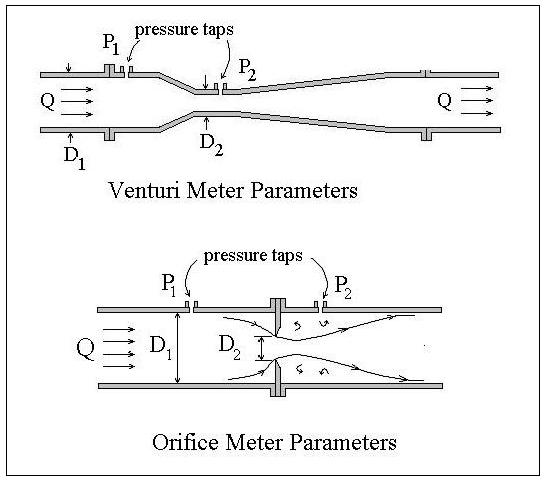Hydraulics Lab Manual Fluid Through Orifice Experiment

The Experiments Described Are Required To Be Performed By Students Of Diploma Courses For The Course Hydraulics And By Students Of Degree Courses For The Course Fluid Mechanics-1.The Manual Explains The Procedure For Performing The Experiment. The Description Is In The Form Of A Detailed Laboratory Report. It Covers The Handling Of Apparatus, How To Take Observations And Present Results. The Book Includes Tables And Graph Sheets Where Observations Are To Be Recorded And Results Plotted.
Students Are Required To Interpret The Results And Will Appreciate The Importance And Significance Of The Experiment To The Real-Life Situation.This Manual Will Save The Student The Bother Of Writing Out The Procedure, Drawing Tables And Purchasing Loose Graph Sheets (Including Log-Log Graph Sheets) For Pasting Into His Journal. The Book Will Form A Complete And Lasting Record Of His Work. It Will Cut Down The Time The Teacher Needs To Spend On Describing The Procedure.The Manual Will Be A Great Help To Both Teachers And Students.
The Girls' Leadership Project at Miss Hall’s School works from the premise that it is important for a girls’ school to emphasize and to teach girls a full range of leadership skills. The Core Competencies — vision, voice, interpersonal efficacy, and gumption — encompass the knowledge and skills necessary to lead and have influence in the world. Annual core competency study guide 2018. The Miss Hall's curriculum focuses on the development of all four competencies, and these principles guide all that we do, from the classroom, to extracurricular activities, to our student life and residential life programs.

Show transcribed image text EXPERIMENT 106 FLOW THROUGH AN ORIFICE REFERENCES Munson, Fundamentals of Fluid Mechan- the jet of water. Attached to this pitot tube is a sharp ics., Chapters 3, 8, sections 3.6.1,8.6 A traverse assembly mounted beneath the base of the tank enables a pitot tube to be positioned anywbere in blade which can be traversed across the jet to accu- rately measure the jet diameter and the wena c diameter and so determine the contraction coefficient. The traverse assembly incorporates a gradunted knob OBJECTIVES In this lab you will determine the coeficient of dis which moves the pilot tube a distance of 1 mm charge (Da), velocity (D.) and contraction (De) of a small orifice. Full rotation of the knob. Each graduation on the knob corresponds to a movement of O.1mm (Note: Measure- ment of the jet diameter at the vena-contracta is only practical using the knife edged orifice).
APPARATUS The accessory should be positioned over the channel in the hydraulics bench and leveled by adjusting the The F1-10 hydraulics bench. The F1-17a flow through an orifice apparatus. Vernier caliper feet. The volumetrie flow rate of the water discharg- ing from the orifice on test ean be determined using the volumetric tank on the hydraulics bench.The pitot head and the total head across the orifice are shown on manometer tubes adjacent to the tank. Fig.1 flow through an orifice apparat us Fig.2 flow through an orifice apparatus schematics APPARATUS DESCRIPTION THEORY A schematic diagram of the apparatus is shown in fig.2. The Orifice Discharge accessory consists of a cylindri- Head loss is the reduction in the total head or pres- cal glass tank which has a hole in the base one of five orifices, each with a different profile. The head) of the fluid as it moves through a fluid system.
Hydraulics Lab Manual Fluid Through Orifice Experiments

Flexible inlet pipe is connected to the quick release con- Head loss is unavoidable in real fuids. It is present be- nector on the hydraulics bench. Water is delivered to cause of the friction between the fluid and the walls the tank via an inlet pipe which is adjustable in height of the pipe; the friction between adjacent fluid par and fitted with a diffuser to reduce dist urbances in the ticles as they move relative to one another, and the tank. An overflow pipe maintains the water at a fixed turbulence caused whenever the flow is redirected or level in the tank and excess water is returned to the affected in any way by such components as piping en- sump tank of the hydraulics bench. To accept sure (sum of elevation head, velocity head and trances and exits, pumps, valves, Bow reducers, and 57.